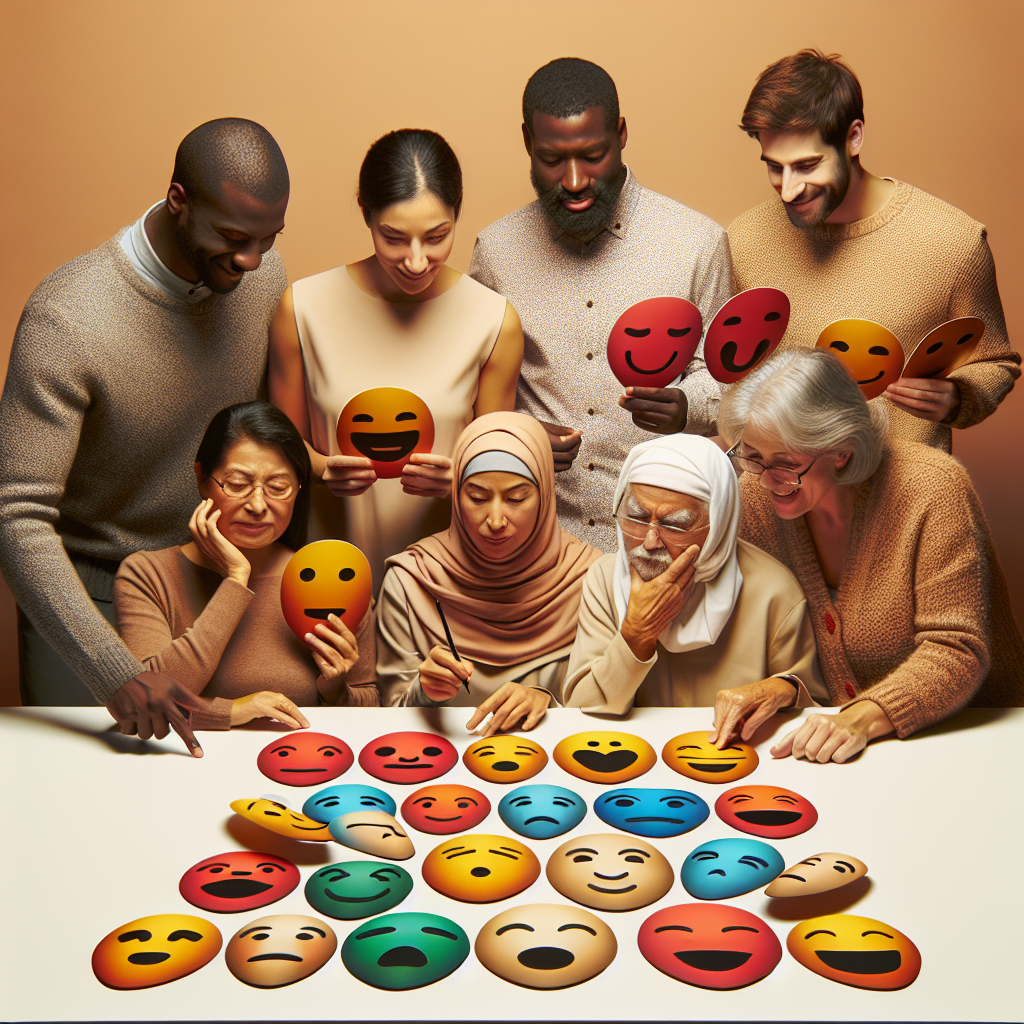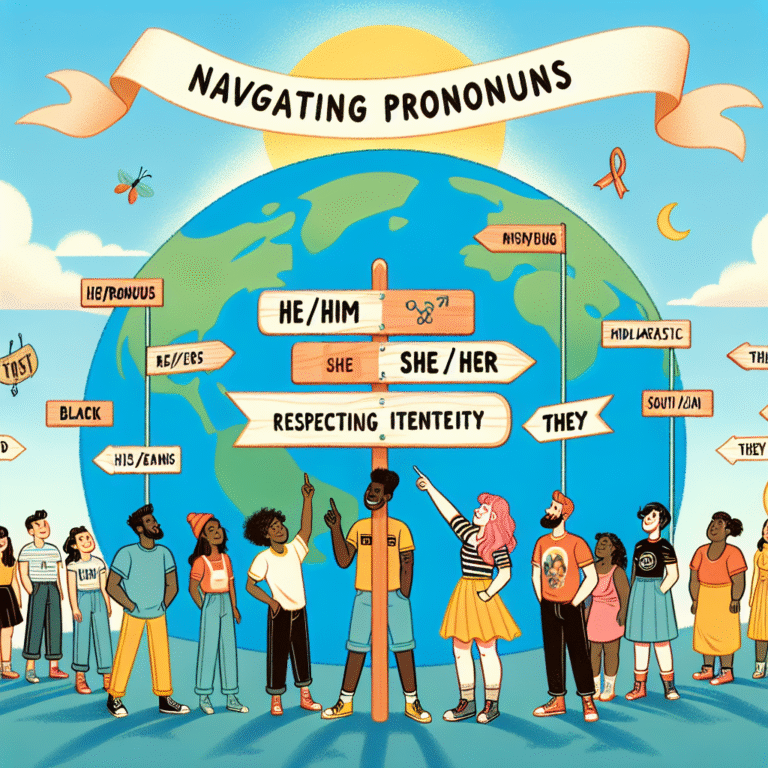
Introduction
Have you ever walked into a room and immediately sensed the emotional climate—perhaps feeling an underlying tension or unspoken joy? This instinctual ability to read the emotions of others is grounded in a fascinating phenomenon known as social referencing. The power of social referencing shapes not only our interpersonal relationships but also influences major aspects of our decision-making processes and social interactions. In this article, we will explore the intricate mechanisms behind social referencing, its significance in the way we interpret emotions, and its profound impact on our daily lives.
Understanding Social Referencing
What Is Social Referencing?
Social referencing refers to the process by which individuals look to others to gauge emotional responses in ambiguous situations. From toddlers who check their parents’ facial expressions when encountering new experiences to adults who seek validation from peers, this instinct is a fundamental aspect of human interaction.
- Key Elements of Social Referencing:
- Emotional Cues: Facial expressions, body language, and vocal tones serve as pivotal channels for emotional information.
- Context: The surrounding environment often dictates how emotions are expressed and interpreted.
- Interpersonal Relationships: Familiarity can heighten accuracy in reading emotions due to shared experiences and understanding.
The Neuroscience Behind Social Referencing
Recent studies via neuroimaging techniques have unveiled the brain regions activated during social referencing. For instance, the amygdala, which processes emotions, becomes particularly engaged when individuals observe emotional expressions in others. This biological foundation underscores the innate nature of our ability to interpret emotions socially.
| Brain Region | Function |
|---|---|
| Amygdala | Emotion recognition |
| Prefrontal Cortex | Decision-making and social behavior |
| Superior Temporal Sulcus | Processing social cues |
The Power of Social Referencing in Different Contexts
Case Study 1: Infants and Social Referencing
One of the most compelling illustrations of social referencing occurs in infants. Research shows that infants as young as 10 months old will look to their caregivers for cues when faced with new stimuli. For example, if a baby encounters a unfamiliar toy, they might look to a parent’s expression before deciding whether to approach it or not.
Analysis: This case study highlights the instinctual nature of social referencing and how it sets the foundation for emotional intelligence from a young age.
The Role of Social Referencing in Interpersonal Relationships
As adults, our emotional literacy—our ability to read and respond to emotions in others—often shapes our relationships. When communicating with friends or partners, social referencing enables us to gauge reactions and navigate complex emotions effectively.
- Example: In a romantic relationship, an understanding partner might pick up on subtle signs of distress, leading to a grounding conversation that alleviates misunderstandings.
Analysis: This instance demonstrates how social referencing contributes to emotional intimacy and effective communication.
The Corporate Landscape: Emotional Intelligence and Social Referencing
In the workplace, the power of social referencing can dramatically influence team dynamics and productivity. Businesses are increasingly recognizing emotional intelligence as essential for leadership and collaboration. A study by the Harvard Business Review found that high emotional intelligence leads to more effective management and a healthier work environment.
| Emotional Intelligence Component | Impact on Workplace |
|---|---|
| Self-awareness | Enhanced decision-making |
| Empathy | Improved teamwork |
| Social Skills | Stronger leadership |
Analysis: This case underscores how social referencing in professional settings fosters a supportive environment, enhancing overall performance.
Enhancing Our Social Referencing Skills
Developing Emotional Literacy
To capitalize on the power of social referencing, individuals can work consciously to enhance their emotional literacy. Here are practical strategies to develop this skill:
-
Mindfulness Practices: Techniques like meditation help in becoming aware of internal emotional states, which is crucial for interpreting others’ emotions accurately.
-
Active Listening: Engaging fully in conversations allows you to capture non-verbal cues and respond more thoughtfully.
- Observational Skills: Practice being attentive to body language and other non-verbal signals in various social contexts.
Creating an Open Emotional Environment
Fostering environments where emotions can be freely shared enhances collective social referencing. Organizations can encourage this by:
- Hosting workshops focused on emotional intelligence.
- Promoting an open-door policy that allows discussions about emotional wellbeing.
The Broader Implications of Social Referencing
Social Referencing and Culture
Cultural backgrounds influence how social referencing is expressed and interpreted. For example, Western cultures may prioritize explicit emotional expression, while Eastern cultures may value subtler cues. This difference can lead to misunderstandings during cross-cultural interactions.
Case Study 2: Cross-Cultural Communication
In a study examining workplace interactions between American and Japanese employees, researchers found that American employees often misinterpreted Japanese non-verbal cues, leading to potential conflicts. Understanding social referencing within cultural contexts proved invaluable for bridging these gaps.
Analysis: This case highlights the necessity of adapting our understanding of social referencing to cater to diverse cultural expressions, thus improving global communication.
Conclusion
The power of social referencing is an incredible asset in understanding and navigating the emotional landscape around us. By honing our ability to read emotions and enhancing our emotional intelligence, we gain tools that can improve our relationships, enrich our social interactions, and bolster our professional environments. Whether in infancy or adulthood, the implementation of social referencing enriches our ability to connect with others profoundly.
So, the next time you walk into a room, take a moment to pause and observe—what emotions are present? By tapping into the power of social referencing, you can transform not only your understanding of others but also your ability to respond in ways that foster connection and empathy.
FAQs
1. What is social referencing?
Social referencing is the process through which individuals look to others for emotional cues in uncertain situations, helping to interpret and navigate their feelings and decisions.
2. How does social referencing affect interpersonal relationships?
It enhances connectivity and emotional intimacy by allowing individuals to respond appropriately to the emotional cues of others, fostering better communication and understanding.
3. Can social referencing improve workplace dynamics?
Yes, social referencing enhances emotional intelligence within teams, promoting empathy, effective communication, and a collaborative environment that can lead to increased productivity and satisfaction.
4. How can I develop my social referencing skills?
You can develop these skills through mindfulness practices, active listening, and sharpening your observational skills to better interpret non-verbal cues and enhance empathy.
5. Are there cultural differences in social referencing?
Absolutely. Different cultures may express and interpret emotions differently, affecting the way social referencing occurs. Understanding these differences can improve cross-cultural communication.
By embracing the transformative potential of social referencing, we can navigate our emotional world with greater awareness, leading to richer interactions and a more profound understanding of those around us. Take the time to observe, listen, and engage. The rewards are well worth the effort!


















